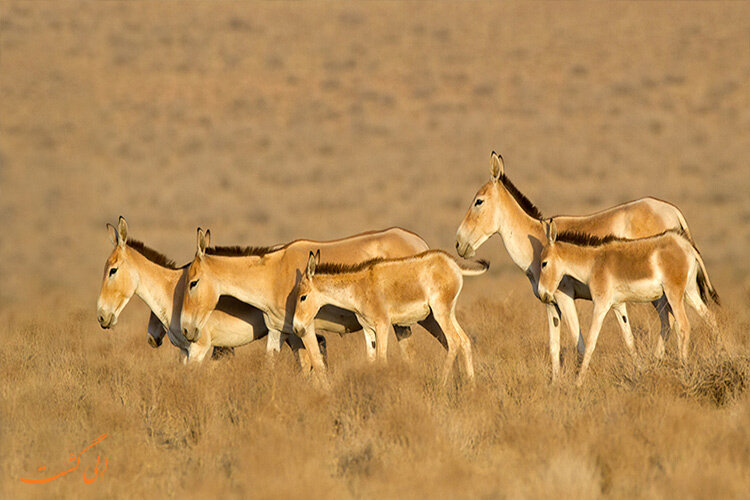INSUBCONTINENT EXCLUSIVE:
reproduced in captivity.The Persian onager, also called Persian zebra, is a subspecies of onager native to Iran
It is listed as Endangered, with no more than 1000 individuals left in the wild and only 30 individuals living within North American
institutions.Persian onagers are known to inhabit mountain steppes, semidesert, or desert plains
They are usually found in desert steppes
Currently, poaching for meat and hides, competition with livestock, and drought are the greatest threats to this species
Asiatic zebras are highly and legally protected; hunting them is forbidden.In recent years, due to the measures are taken by the Department
of Environment (DOE) to conserve Persian zebra, the population of this species in breeding sites has had a favorable growth.In 2017, 10
zebras were transferred to Touran National Park that 5 of which died on the way, and also the same year, 5 other zebras were transferred to
the Kavir National Park."Currently, 42 Persian zebras are living in breeding centers in Yazd, Alborz, Semnan, Fars, Kerman, and Tehran
to transfer a number of the species from Kerman province to the Kavir National Park site located in Semnan
captivity is done for endangered species and on the IUCN red list, such as Asiatic cheetah, Persian zebra, and fallow deer, he
added.According to the IUCN, at least 40 percent of animals, insects, and plants are at risk of extinction across the world.Currently, more
than 41 percent of amphibians, 26 percent of mammals, 21 percent of reptiles, and 13 percent of birds are threatened
In the latest statistics, the number of endangered species in the country is 75 vertebrate species (18 species of mammals, 29 species of
birds, 4 species of amphibians, and 16 species of reptiles) on the IUCN Red List.Iran has a high diversity of species due to geographical
conditions, climatic diversity, huge water resources of the Caspian Sea in the north and the Persian Gulf, and the Sea of Oman in the
south.According to the latest studies, about 1,300 species of vertebrates, including mammals, birds, reptiles, amphibians, and aquatic fish,
about 30,000 species of invertebrates, and 8,000 species of plants have been identified in the country.Unfortunately, over the past two
decades, human activities have led to alarming degradation of ecosystems, deletion of genes, species, and biological capabilities; Human

